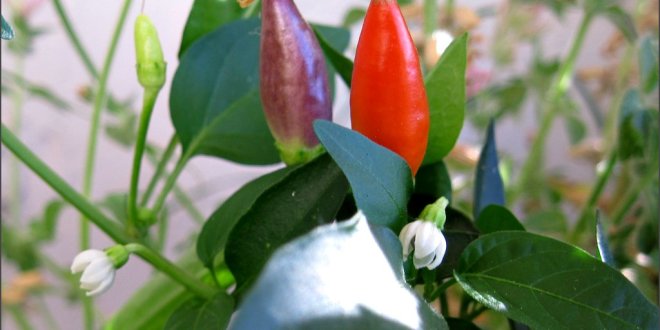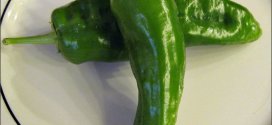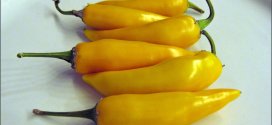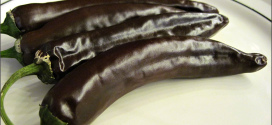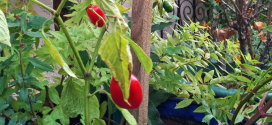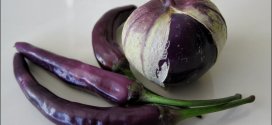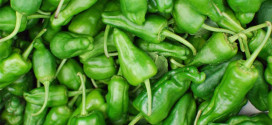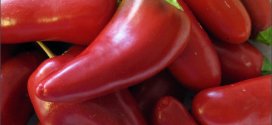Pequin chile has a smokiness to it that’s quite tasty, mixed with levels of heat and fruitiness. These chilies tend to find their way into more dishes and products than you may expect! When young (green in color) they are sold fresh and used quite often in fresh salsas. As they ripen (turning red and then brown), the pequin is typically dried. You’ll find pequin peppers in all sorts of salsas, hot sauces, soups, and flavored oils. Cholula, one of the most popular hot sauces around,uses pequin chili as a main ingredient. It’s so diluted among the other ingredients, though, that you won’t experience anywhere near the heat of the fresh chili. In fact, Cholula is very mild.
<a href=”https://www.sunnyvalegarden.com/recipes/fermented-chile-sauce/”>Recipe for Fermented Hot Sauce</a>
Scoville heat units (SHU): 40,000 – 60,000
Jalapeño reference point: 5 to 24 times hotter
There are approximately 350 chiles per ounce.
Watering
Soil and Amendments
Fertilize pepper plants lightly four and eight weeks after peppers are transplanted into the garden. Apply about 1/4 tablespoon of granular fertilizer for every pepper plant, as too much fertilizer creates lush foliage with no peppers. Use a high nitrogen fertilizer with a ratio such as 21-0-0 or 33-0-0.
Care
Pest management
To prevent diseases that gradually build up in the soil, don’t plant chili peppers or related plants in the same place more than three consecutive years. Related plants include eggplants, potatoes, tobacco and tomatoes.
Warning
Don’t smoke or use other tobacco products when working with pepper plants. Tobacco often contains tobacco mosaic virus, which is easily spread to the plants.
Mulch
Soil thermometer
High-nitrogen granular fertilizer
Insecticidal soap
Tip
Pequin vs Chiltepin
In terms of overall heat, they are slightly shy of chiltepin peppers, hovering near the middle of the pepper scale. That’s about 40,000 to 60,000 Scoville heat units, which means it’s slightly hotter than a cayenne pepper. Compared to the popular jalapeño, it’s typically about 12 times spicier.
They are closely related, but many people confuse the two or think they are the same thing. They hail from the same regions – northern Mexico and the southern United States. These are both tiny chilies, as you can see from the pequin bush above. Both peppers are typically less than an inch in length, though the pequin can get larger overall. In fact they both share the moniker “bird pepper” because they are both loved by birds. Due to their size, they are easy for birds to eat, and birds aren’t affected by capsaicin in the way that humans are – they don’t feel the heat.
But let’s talk differences. Pequin chilies have, as mentioned, a slightly milder heat – though both rank easily into the medium to hot end of the Scoville scale. Their shape is different from the chiltepin, more of an elongated oval rather than the roundness of the tepin. In fact, the pequin is often referred to as the rice pepper because of its rice-like shape.
